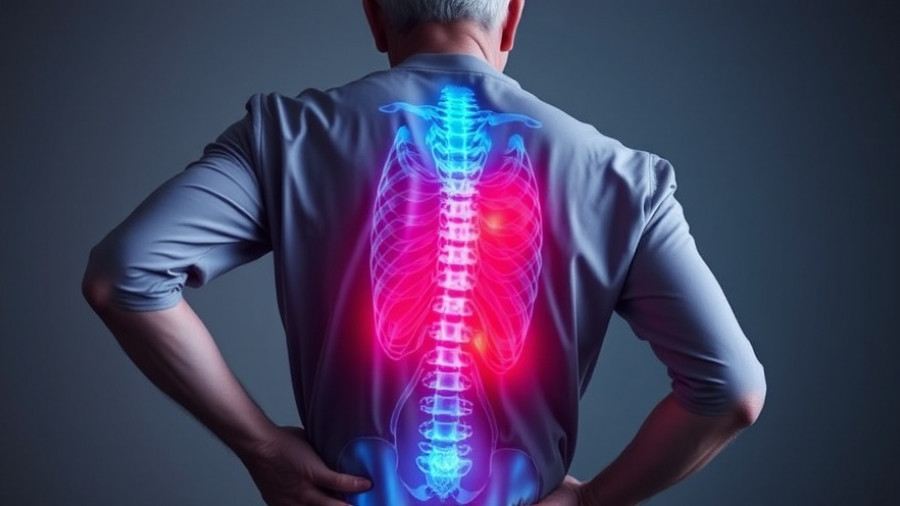
Dynamic Posture: Our Ever-Changing Bodies
When we think about perfect posture, it’s easy to imagine a static position where the body is aligned perfectly. But recent studies reveal that posture isn't fixed; it’s dynamic. This means that the ideal position varies and adjustments are necessary throughout our day-to-day activities. For instance, those who spend extensive periods in front of screens may develop a forward head posture, leading to chronic neck pain and discomfort. Adopting a dynamic approach to posture emphasizes that it changes according to different activities and situations.
Understanding Forward Head Posture
Many people aren’t aware that forward head posture affects a significant portion of the population—research estimates it impacts up to 75% of computer users. This condition not only causes neck pain but can result in a series of related issues such as tension and muscle weakness in the trapezius and shoulder areas. Research suggests that engaging in specific strengthening exercises can provide relief and improve overall posture. Implementation of small changes, like taking regular breaks to stretch, can significantly combat these negative effects.
Strategies to Improve Your Posture
Improving posture begins with understanding the best body alignment during various activities. Good posture helps reduce strain on your muscles and ligaments, aiding in better alignment of the spine. Experts recommend incorporating frequent movement into our routines, practicing targeted exercises, and utilizing ergonomic furniture options, such as standing desks. Studies indicate that using these desks results in over a 30% reduction in back pain compared to traditional sitting methods. By leveraging these simple changes, we can enhance our daily comfort and overall well-being.
The Smartphone Impact
With the average person spending three or more hours daily on their smartphones, our necks often bear the brunt of our technological habits. The awkward positions in which we hold our phones can worsen posture and lead to significant spinal issues. Awareness of these damaging positions prompts the need for conscious adjustments during smartphone use. Shifting how we hold our phones can lead to better postural habits.
Take Action for Healthier Posture
To find long-term relief from posture-related issues, consider scheduling a posture and movement assessment. This tailored approach can help create a personalized plan for improvement and lead to a healthier spine and better energy levels. Remember, small adjustments today can lead to significant health benefits tomorrow! If you’re eager to explore how to maintain your posture dynamically, don’t wait—reach out for professional guidance!
 Add Row
Add Row  Add
Add 




Write A Comment